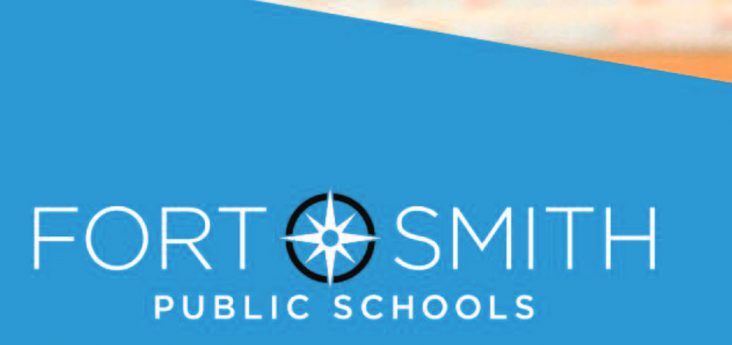Plan presented to fund Fort Smith Public School teacher pay increases
by April 25, 2023 1:58 pm 1,389 views

With an increase in assessment revenues and state funding to help with the Arkansas LEARNS Act, Fort Smith Public Schools is looking to make the largest one-time investment collectively in teacher and staff salaries in the history of the district.
FSPS Chief Financial Officer Charles Warren on Monday (April 24) presented to the Fort Smith School Board a proposal to increase teacher pay resulting from the LEARNS Act. The act approved by the Arkansas Legislature earlier this year mandates that all public school districts raise the minimum certified teacher pay to $50,000 a year and certified teachers who make more than $50,000 a year receive a $2,000 raise.
Warren presented a plan to implement the state mandate and change the district’s salary schedule that uses the state-provided Teacher Minimum Salary Raise (TMSR) funds of $2.9 million for certified teacher raises, impacting approximately 1,100 FSPS teachers. The act eliminates a state-mandated salary schedule, allowing school districts to set their salary schedules to support future raises.
The plan presented uses $1.7 million from other funding sources to maintain step and lane increases for all certified teachers, including veteran teachers, Warren said. He said it also includes adding three additional steps for veteran teachers, something the school board discussed wanting last year.
“The salary schedule structure changes made by FSPS in the past positioned us to meet the mandates of the LEARNS Act. The strong economic growth of our community allows us to propose salary schedules that generate positive impact on our certified and classified employees while meeting the goals of the state’s leaders,” Warren said.
In fiscal Year 23, FSPS had all positive numbers in the factors of funding for the district. There was assessment growth, foundation funding growth and there was a student population growth, Warren said.
“All four of those factors, including millage, allowed us to have one of the most lucrative opportunities. It allowed us to do the restructuring we needed to do,” he said. “That is one of the first times that all of those were positive factors.”
The millage remains the same in fiscal year 2024, but the district has one of the best assessed valuations – a 4.07% increase – this coming year, Warren said.
“That is one of the largest increases we have seen in decades. And we are very excited to see that,” Warren said. “We don’t believe there will be a correction. We believe this growth is sustainable and there won’t be a negative correction to the assessment growth.”
Foundation funding also increases 2.77% for FY24, higher than has been seen in a number of years, Warren said.
The only negative he discussed was a decline in student population for the coming year. The student count dropped by 60 in the third quarter average, which will have a negative impact on the calculation of state foundation funding.
While the act provides funding for raises, it does not fund raises for classified staff. However, new sources of funding – local new revenue ($3 million) state new revenue ($800,000); net replacement savings ($200,0000); available sources ($4.million); and state funds to help with the LEARNS Act mandates ($2.9 million) – add up to $6.9 million in available sources, Warren said.
While TMSR funds, the $2.9 million provided by the state to help fund the mandates in the act, must be used for the mandates, other funding can be used for classified staff. The proposal presented Monday, included raises for classified staff. The proposed classified salary schedule changes included a base increase of almost $1,000 for all full-time staff and a minimum starting pay of $15/hour.
The proposal, with any changes the district decides to make, is set to be on the school board’s May meeting agenda for action. If approved, classroom teachers would receive their increases at the beginning of the 2023-2024 school year, noted a district news release.
